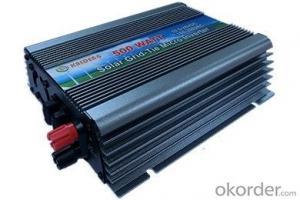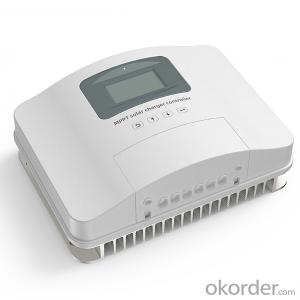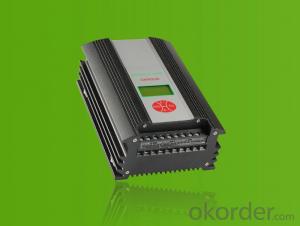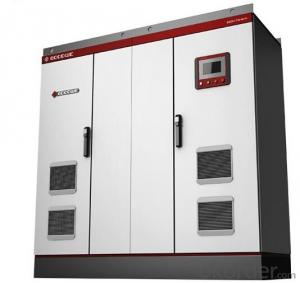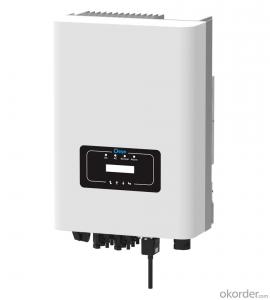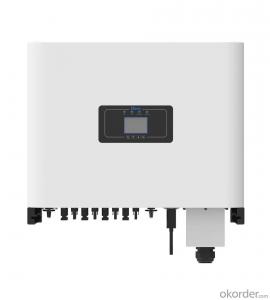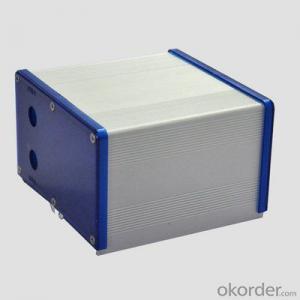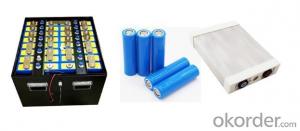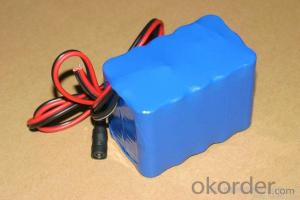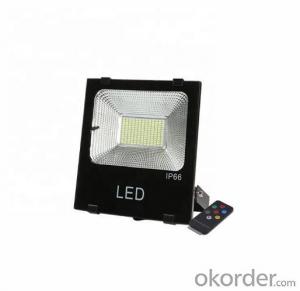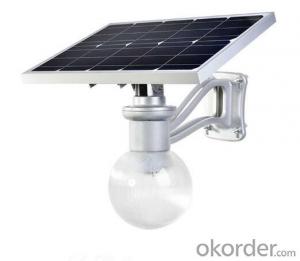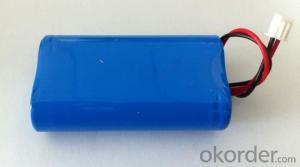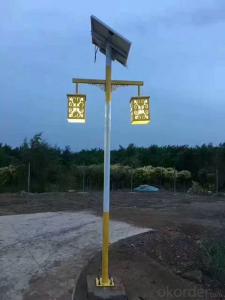Mppt Solar Inverter 24v
Mppt Solar Inverter 24v Related Searches
24v Mppt Solar Inverter 24 Volt Mppt Solar Inverter Mppt Solar Inverter Mppt Solar Power Inverter Mppt Inverter Solar 12v Mppt Solar Inverter Mppt Solar Inverter 48v Mppt Solar Pump Inverter Microtek Mppt Solar Inverter Mppt Inverter For Solar System Mppt Based Solar Inverter Mppt Solar Inverter 12 Volt Mppt Solar Inverter Charger China Mppt Solar Inverter Mppt Hybrid Solar Inverter Solar Power Inverter 24v Mppt Solar Hybrid Inverter 24v Solar Inverter Solar 24v Inverter 24 Volt Solar Power Inverter 24v Inverter Solar Mppt Solar Inverter Price Best Mppt Solar Inverter 24 Volt Solar Inverter Dual Mppt Solar Inverter 2kw Mppt Solar Inverter 24 Volt Inverter Solar 2kva Mppt Solar Inverter Mpp Solar Power Inverter Mpp Solar InverterMppt Solar Inverter 24v Supplier & Manufacturer from China
Mppt Solar Inverter 24v is a high-efficiency solar energy conversion device designed to optimize power output from solar panels by using Maximum Power Point Tracking (MPPT) technology. This advanced technology ensures that the inverter extracts the maximum possible power from the solar panels, regardless of the varying sunlight conditions. The 24V model is particularly suitable for small to medium-sized solar power systems, making it an ideal choice for residential and commercial applications where reliable and efficient energy conversion is required.The Mppt Solar Inverter 24v is widely used in various scenarios, such as off-grid solar power systems, backup power supplies, and remote area power solutions. It is particularly beneficial in areas with fluctuating sunlight conditions, as the MPPT technology ensures consistent power output. This product is also suitable for use in electric vehicles, boats, and other mobile applications that require a stable power supply from solar energy. The 24V inverter's compact design and user-friendly interface make it easy to install and operate, making it a popular choice among solar power enthusiasts and professionals alike.
Okorder.com is a leading wholesale supplier of Mppt Solar Inverter 24v, offering a vast inventory of this product to cater to the needs of various customers. As a reputable supplier, Okorder.com ensures that the Mppt Solar Inverter 24v products they provide are of the highest quality, meeting the stringent standards of the solar power industry. With a large inventory and competitive pricing, Okorder.com is the go-to destination for those seeking reliable and efficient solar inverters for their energy conversion needs.
Hot Products







